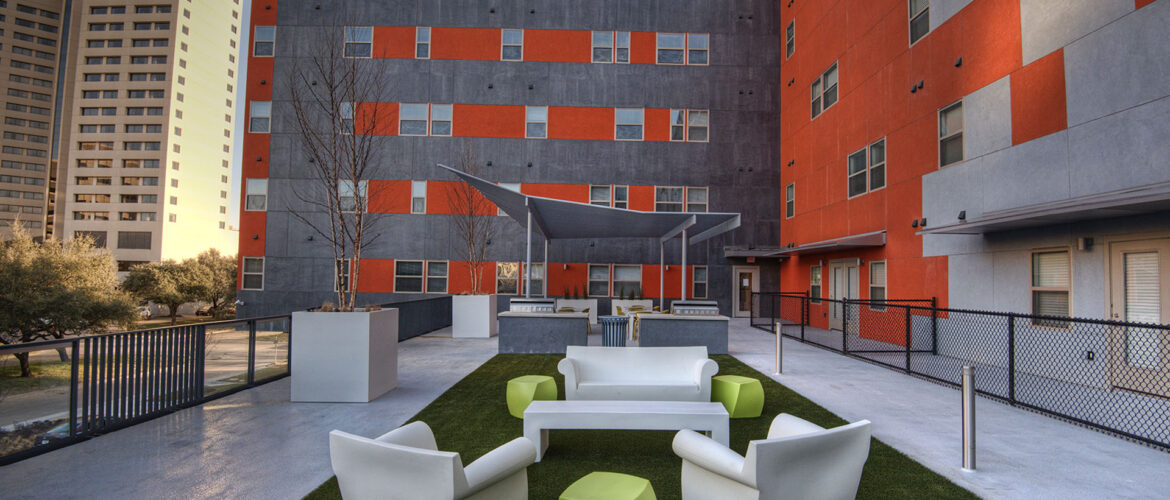Affordable housing is the government’s means of providing housing to families in the middle or lower end of the income scale. Housing developers who intend to build affordable housing may be eligible to receive federal government subsidies through Low-Income Housing Tax Credit (LIHTC) put forth by the U.S. Department of Housing and Urban Development (HUD).
Grants from local government and non-profit organizations to develop affordable housing units are also available to developers. In order to qualify for a grant, the project must meet certain criteria.
Despite the opportunity to receive grants to subsidize the expense of purchasing land and construction, some developers remain leery of affordable housing. There are several common affordable housing myths that some developers and even potential residents may fall prey too. Here are the five most common myths:
Affordable housing is ugly.
Affordable housing communities should not be mistaken for run-down, dilapidated communities. In reality, affordable housing developments are designed to fit the community character in size and style, and often even building materials. Every affordable housing community is privately owned, designed and developed.
The term “affordable” does not refer to how the development is built or operated. Rather, housing is “affordable” because it is less costly to live in when it is backed by financial support of public and private sources.
Affordable housing produces more traffic.
Quite the opposite, in fact. Studies have shown that residents of affordable housing communities own fewer cars and drive less often than others in the neighborhood or community. A National Personal Transportation Survey found that low-income households make at least 40 percent fewer trips than other households.
Affordable housing increases crime.
There is no correlation between affordable housing and crime. Research shows that overcrowding, lack of jobs and lack of community services produce more crime. Much of the new affordable housing communities being developed replace the broken-down buildings that often serve as a hub for drug trafficking and other crime.
Affordable housing lowers property values.
Researchers from Wayne State University tracked property values in communities both before and after affordable housing was built. They found that affordable housing rarely has a significant or negative effect on property values in higher-valued neighborhoods. They also found that affordable housing improves values in lower-valued neighborhoods.
Affordable housing developments are a waste of taxpayer money.
Redeveloped and newly constructed affordable housing units are available at below-market rents because upfront costs of development are subsidized by federal tax credits and grants.
While these properties are intended to meet standards of their surrounding community, many exceed standards and expectations.
Subscribe to our blog to stay up-to-date on multifamily and affordable housing news.

